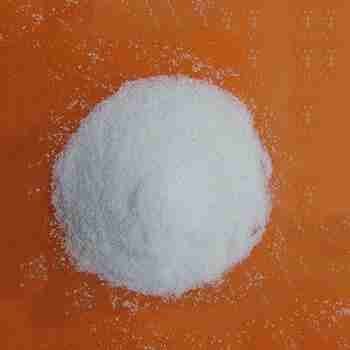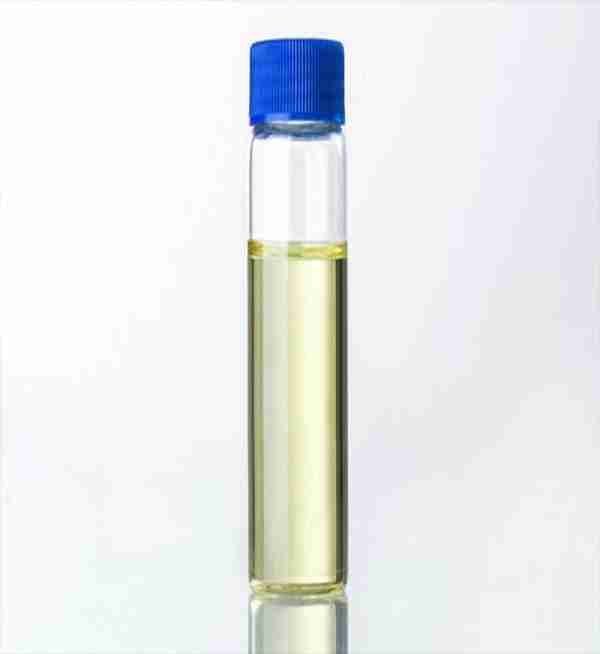As an engineer with years of experience in sustainable chemistry, I’ve seen firsthand the shift toward eco-friendly chemical alternatives. This article is my personal take on the current landscape, blending professional insights with personal anecdotes. I’ll share what I’ve learned, the challenges we face, and my hopes for the future.
Table of Contents
- Introduction
- Current Market Overview
- My Personal Experience
- In-Depth Insights
- Industry Pain Points
- Solutions and Recommendations
- Conclusion
Introduction
Ever since I started working in sustainable chemistry, I’ve been fascinated by the push for eco-friendly chemical alternatives. The idea of reducing our environmental footprint while maintaining performance is both challenging and rewarding. In this article, I’ll share my journey, the lessons I’ve learned, and my thoughts on where we’re headed.
What started as a curiosity has become a passion. I’ve seen firsthand how these alternatives can make a difference, and I’m eager to share what I’ve discovered. Whether you’re in the industry or just curious about the topic, I hope this article gives you a clearer picture of the current landscape.

Current Market Overview
The market for eco-friendly chemical alternatives is growing rapidly. Biobased chemicals, biodegradable materials, and renewable energy sources are just a few examples. These alternatives are being adopted across various industries, from manufacturing to agriculture.
According to a recent report, the global market for sustainable chemicals is expected to reach $XX billion by 2025. This growth is driven by increasing environmental awareness and regulatory pressures. Companies are looking for ways to reduce their carbon footprint without compromising on performance.
| Chemical Type | Applications | Market Share |
|---|---|---|
| Biobased Chemicals | Plastics, Textiles, Pharmaceuticals | 35% |
| Biodegradable Materials | Packaging, Agriculture, Consumer Goods | 25% |
My Personal Experience
Back in 2018, I was part of a team working on a project to replace traditional chemicals with eco-friendly alternatives. We were tasked with developing a new formulation for a leather tanning process. The challenge was to maintain the quality while reducing the environmental impact.
It wasn’t easy. We faced numerous setbacks, but we kept at it. In the end, we succeeded. The new formulation reduced water usage by 30% and cut down on harmful emissions. It was a proud moment for the team, and it solidified my belief in the power of sustainable chemistry.
Since then, I’ve been involved in several similar projects. Each one has taught me something new, and I’ve seen the industry evolve. The key is to stay curious, keep learning, and never give up on the pursuit of a greener future.
In-Depth Insights
Eco-friendly chemical alternatives offer a promising solution to many environmental challenges. However, they come with their own set of challenges. Cost, performance, and scalability are just a few of the factors that need to be considered.
One of the biggest hurdles is cost. While the market is growing, many sustainable alternatives are still more expensive than their traditional counterparts. This can be a barrier for companies looking to make the switch. However, as production scales up and technology improves, costs are likely to come down.
Another challenge is performance. Some eco-friendly alternatives may not perform as well as traditional chemicals. This is especially true in industries where precision and consistency are critical. However, ongoing research and development are helping to bridge this gap.
Industry Pain Points
The push for eco-friendly chemical alternatives is not without its pain points. One of the biggest issues is consumer awareness. Many people are still unaware of the environmental impact of traditional chemicals and the benefits of sustainable alternatives.
Another pain point is regulatory hurdles. While regulations are becoming more stringent, they can still be a barrier for companies looking to adopt new technologies. This is especially true in industries with complex supply chains.
Finally, there’s the issue of infrastructure. Sustainable alternatives often require new equipment and processes, which can be a significant investment for companies. However, the long-term benefits outweigh the initial costs.
Solutions and Recommendations
To accelerate the adoption of eco-friendly chemical alternatives, several solutions are needed. First and foremost, there needs to be more education and awareness. Companies and consumers alike need to understand the benefits of these alternatives.
Second, governments and industry leaders need to work together to create a supportive regulatory environment. This can include incentives for companies that adopt sustainable practices and funding for research and development.
Finally, companies need to invest in new infrastructure and technologies. While this can be a significant upfront cost, the long-term benefits are well worth it. Not only will companies reduce their environmental impact, but they’ll also improve their reputation and attract more customers.
Conclusion
The shift toward eco-friendly chemical alternatives is a positive step toward a more sustainable future. While challenges remain, the potential benefits are immense. By staying committed to innovation, education, and collaboration, we can create a world where performance and sustainability go hand in hand.
As an engineer who has been passionate about this field for years, I remain optimistic about the future. The journey may be long, but the destination is worth the effort. If you’re interested in learning more or have questions, feel free to reach out. You can email me at boss@zofaith.com or call me at (86) 15725163518. Let’s work together to make a difference.











